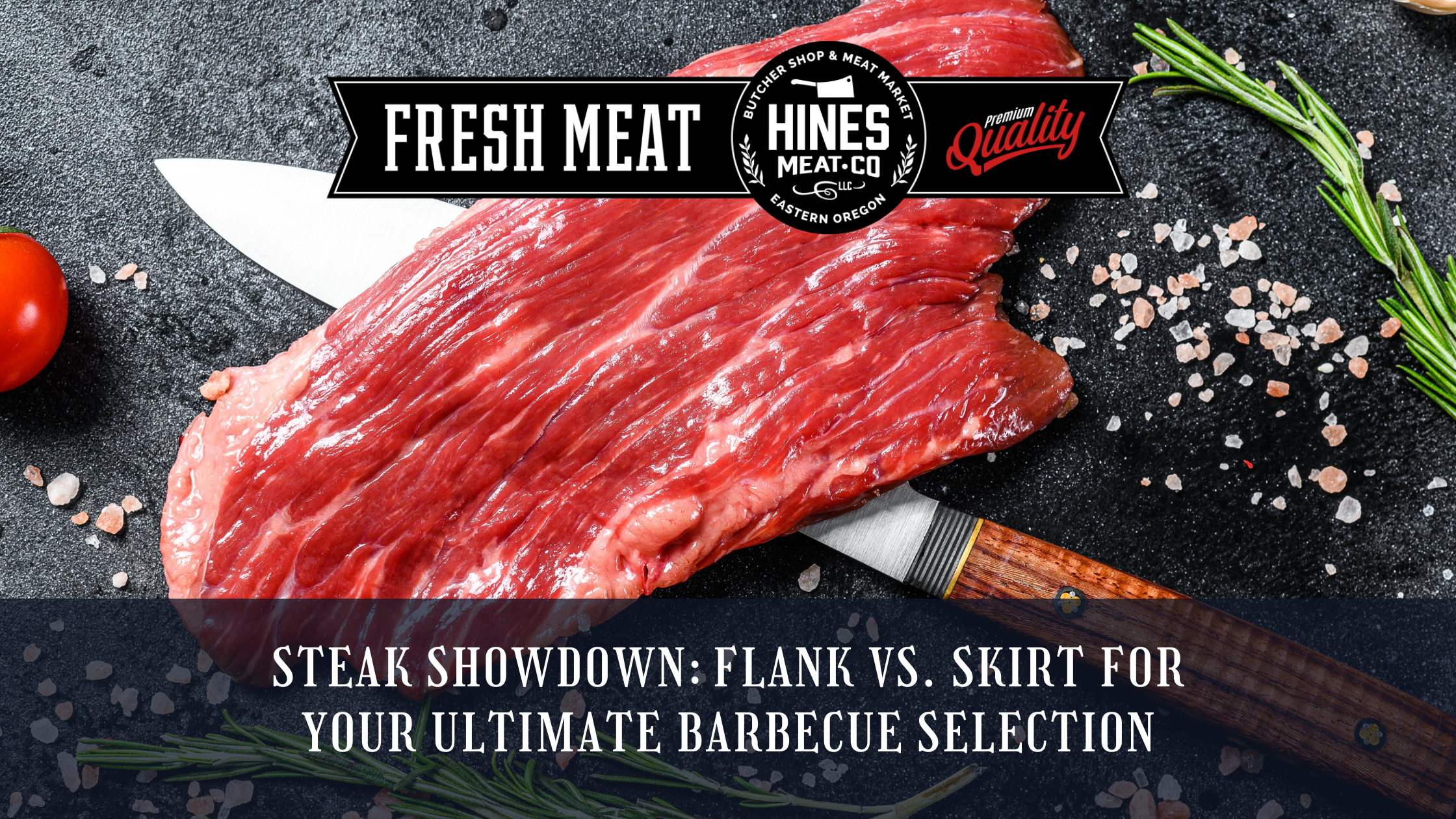Eating healthy doesn't mean sacrificing flavor. Who wants to eat bland, boiled chicken and black beans every day?
While we're not suggesting you fill your freezer with prime rib and ribeye steaks, incorporating flavorful, fatty meats can enhance your meals. The key to a healthy lifestyle is understanding fat types and recognizing the importance of portion control.
Lean Meats vs. Fatty Meats
Fattier cuts of beef offer more flavor than leaner cuts. However, both can be delicious with the right preparation. We've detailed the differences between fatty and lean cuts of meat in a previous blog post, covering saturated, unsaturated, and polyunsaturated fats, and the science behind fat.
Getting Flavor from Lean Meats
Avoiding fatty cuts doesn't mean losing flavor. Use quality seasonings and marinades and take the time to allow the flavors to incorporate into the meat.
- Marinades with acids like lime juice or vinegar break down tough fibers and deepen flavor. Ingredients like soy sauce, Worcestershire sauce, or liquid aminos, add savory umami notes.
- Dry rubs with bold robust spices like salt, black pepper, and garlic enhance lean meats, adding layers of flavor to the meat, making them taste richer.
- For perfect results, cook lean cuts like sirloin or tenderloin to medium-rare to prevent dryness and toughness. Carefully watch the internal temperature to not overcook. Use a cooking method like searing or reverse-searing for those extra lean cuts to prevent toughness and enhance the flavor.
Portion Control with Fatty Meats
The currently popular Keto diet emphasizes fatty meats like bacon while avoiding carbs. Portion control is crucial and understanding how much fatty meat is appropriate. A sedentary person needs less fat and protein than someone who spends hours at the gym. Most Keto plans recommend 1-3 meals a day with a mix of meat, dairy, nuts, and eggs. You’ll want to have the added nutrients, proteins, and healthy fats to get a balanced meal.
Most Keto diets instruct to start out eating the fattiest beef cuts but regulate portion size. The American Heart Association suggests 3-4 ounce portions of fatty beef once a week. Instead of restricting yourself, balance fatty meats with lean options like fish, chicken, and pork to enjoy varied, flavorful meals.
8 Flavorful Fatty Meats:
Whether you’re striving towards portion control or you are just trying to figure out a cut of meat that tastes better, understanding the most flavorful cuts of beef will help you shop. Let’s start by discussing some of the best fatty cuts of beef for flavor.
- Rib Eye: This cut is right up at the top in terms of fat and flavor. Rich in marbling and flavor, trim visible fat to reduce intake.
- Skirt Steak: Another fatty cut that is marbled and thin, benefits from quick searing rather than slow cooking. Trim off the fat to make it somewhat healthier.
- Filet Mignon: This cut is considered to be the ultimate in tender, delicious steaks but with less beefy flavor, small portions make it a good choice.
- Chuck Roast: Well-marbled thick hunk of meat packed with tons of flavor, ideal for slow braising and roasting to unlock even more flavor and allow the fat to render.
- Brisket: Stringy and well-marbled, perfect for low-temperature smoking to avoid the meat becoming tough to chew.
- Ribs: High in fat, best enjoyed smoked.
- Porterhouse: One of the most popular cuts of meat, it combines several steaks like New York Strip, T-bone, and filet mignon, high in fat and packed with flavor.
- Ground Beef: Varies from lean to fatty (between >5% to 20%+), choose based on recipe needs.
Best Cooking Methods for Fatty Cuts
Cook thick cuts on the grill or smoker, and sear thinner cuts in a cast-iron pan. Slow-roast and braise fatty roasts to render out fat while preserving flavor. In general, the longer you cook fatty meats, the more fat will be rendered out of the meat, leaving you with a leaner and more flavorful cut. Avoid overcooking to keep the meat juicy and flavorful.



